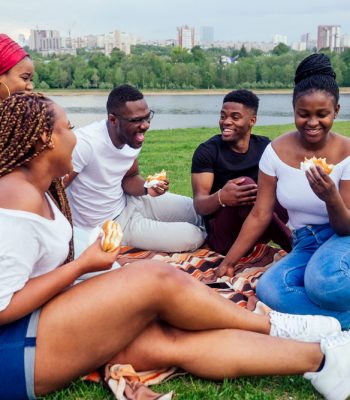Join the Diversity & Inclusion Movement with Black Community

Exclusive Insights, Resources, and Career Opportunities

Having trouble viewing our digital magazine?
There’s more to maintaining a healthy heart than just eating right and exercising regularly. While these practices play an important role…
Implementing a DEI plan is one of the best strategies you can take as a boss, manager or business owner. Increased…
Explore Diverse Topics
By David Artavia, Yahoo! Life Chance the Rapper is not holding back when it comes speaking about the benefits of prioritizing…
By Lori Pugh-I’ve spent most of my professional career in the high-tech field, surrounded by predominantly male leadership. While I will…
As the spring semester begins, one of the biggest…
Watch Below: Explore Exciting Career Opportunities at Leidos
SUBSCRIBE TO THE DIGITAL NEWSLETTER
Get access to a plethora of opportunities and stay informed on the latest news and events relevant to the African American community.



